Cucurbitacin B
Cucurbitacin B is a tetracyclic triterpenoid from the Cucurbitaceae family, recognized for its anticancer, anti-inflammatory, and hepatoprotective properties, and studied for potential therapeutic applications in treating cancer and inflammatory diseases.
Overview
The use of cucurbitacin B in traditional medicine has drawn scientific interest in exploring its mechanisms of action and potential applications in modern pharmacology. Its potent bioactivities make it a candidate for the development of new drugs for treating cancer, inflammation, and liver diseases.
Cucurbitacin B Key Features
– Natural Source: Extracted from plants of the Cucurbitaceae family, known for their diverse medicinal properties.
– Bioactivities: Exhibits strong anticancer, anti-inflammatory, and hepatoprotective activities.
– Mechanism of Action: Acts by inhibiting key cellular signaling pathways involved in inflammation and tumor growth, such as the JAK/STAT and MAPK pathways.
Cucurbitacin B Applications
– Cancer Treatment: Investigated for its potential to inhibit the growth of various types of cancer cells and induce apoptosis, making it a potential anticancer agent.
– Anti-inflammatory: Its anti-inflammatory properties are explored for treating diseases characterized by inflammation, such as arthritis and other inflammatory disorders.
– Liver Protection: Studied for its hepatoprotective effects, offering potential benefits in treating liver diseases and reducing liver damage caused by toxins.
Cucurbitacin B Functions
– Inhibition of Cell Proliferation: Cucurbitacin B can halt the proliferation of cancer cells, contributing to its anticancer effects.
– Modulation of Inflammatory Responses: It suppresses the production of pro-inflammatory cytokines and mediators, reducing inflammation in tissues.
– Enhancement of Apoptotic Pathways: Promotes apoptosis in cancerous cells, aiding in the reduction of tumor growth and spread.
Details
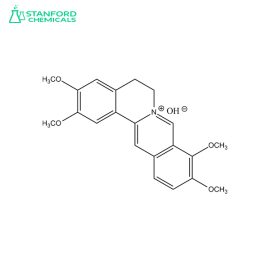
| Available Sizes | 30 capsules, 60 capsules, 90 capsules |
|---|---|
| Key Ingredient | High-quality, pure Palmatine extract |
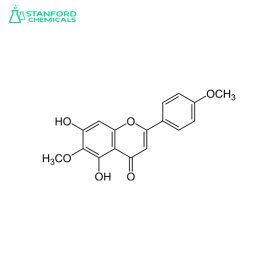
| Available Sizes | 30 capsules, 60 capsules, 120 capsules |
|---|---|
| Key Ingredient | High-quality, pure Pectolinarigenin extract |
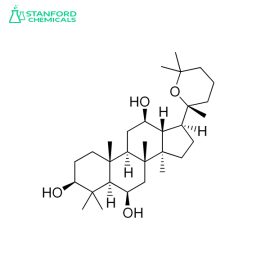
| Available Sizes | 30 capsules, 60 capsules, 90 capsules |
|---|---|
| Key Ingredient | High-quality, pure Panaxatriol extract |
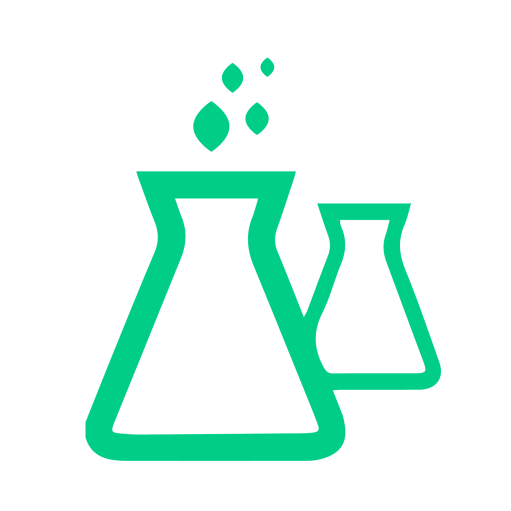
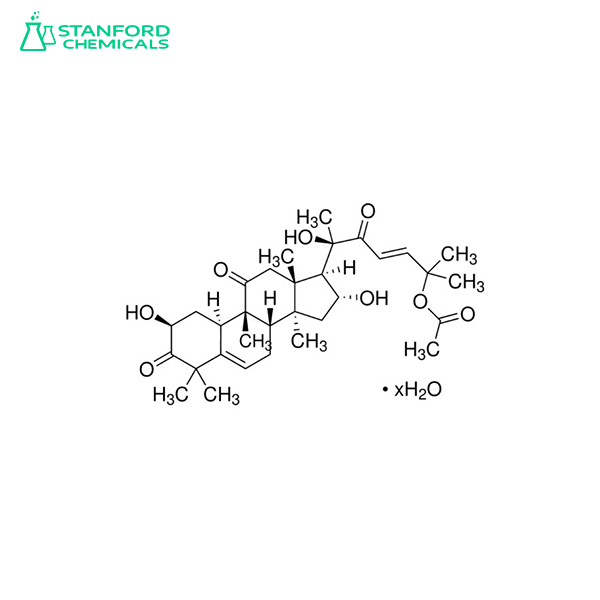

Reviews
There are no reviews yet.